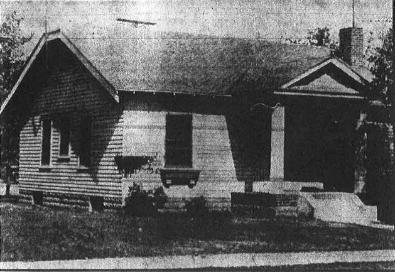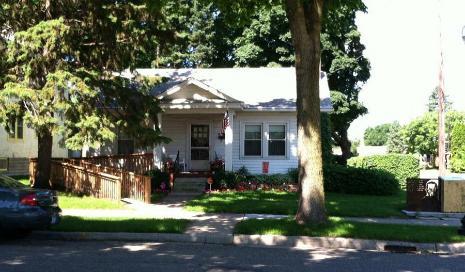The Lee House is the site of some of the largest racially charged protests in Minnesota's history. It represents patterns of housing discrimination in Minneapolis and throughout the state.
The house was built in 1923 for John L. Rose. In late June 1931, Arthur and Edith Lee bought the house and moved in with their 6-year-old daughter Mary. Arthur was a World War I veteran and worked for the U.S. Postal Service. Their white neighbors reacted strongly to the arrival of this African American family. Back in 1927, the Eugene Field Neighborhood Association had received 400 signatures from homeowners indicating they would only sell their properties to white buyers. The neighborhood tried to buy the house from the Lees, who turned them down. This escalated to large gatherings of neighbors around the Lees’ house. The Lees were subjected to racist slurs and threats of violence. The protests lasted from July 11 to 16.
African American attorney Lena O. Smith and the NAACP came to the Lees’ defense. This led to police protection for the Lee family, including taking Mary to school for an entire year. Ultimately, the Lees left their home in late 1933 to relocate to a nearby neighborhood with a higher Black population.



